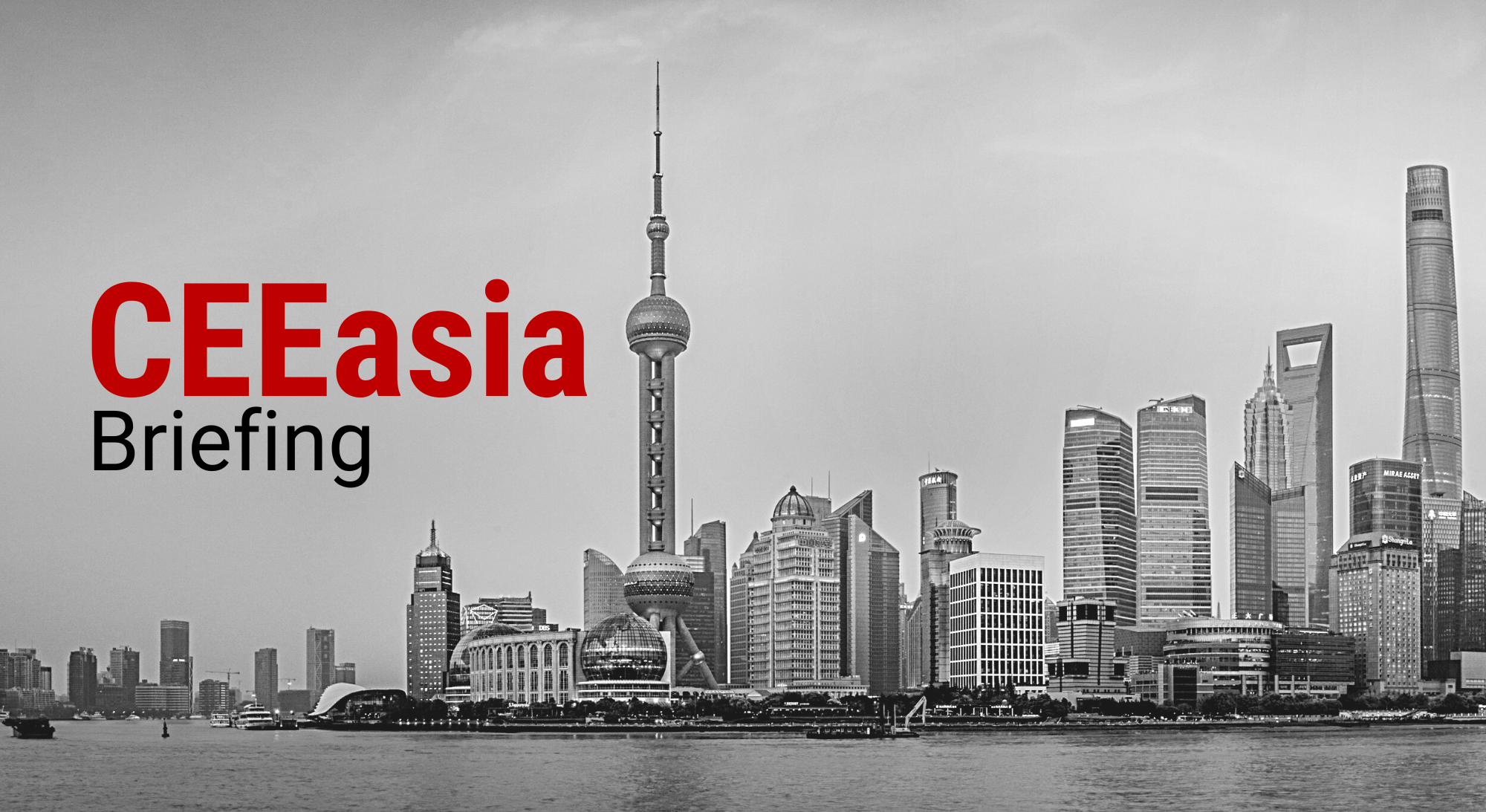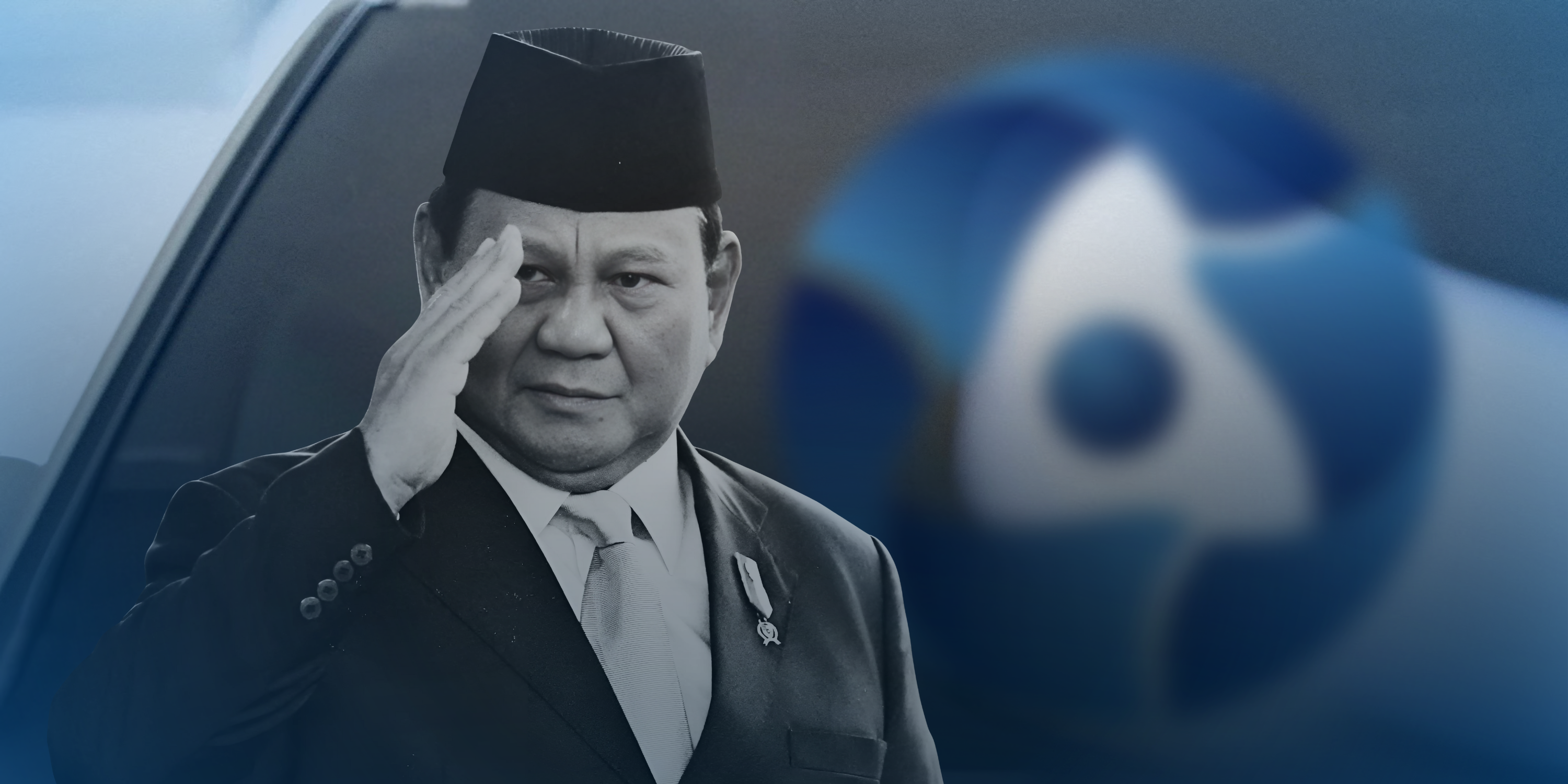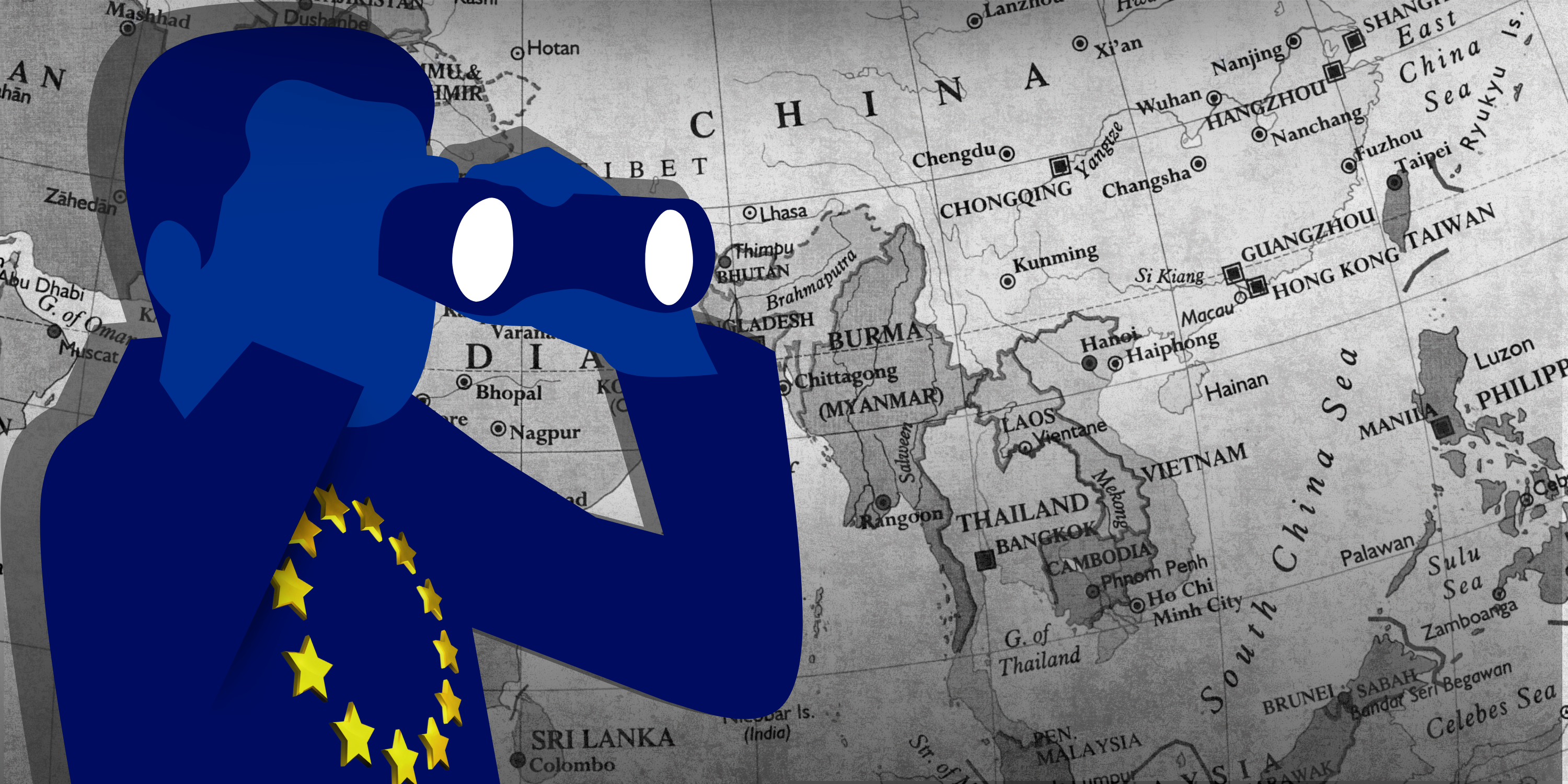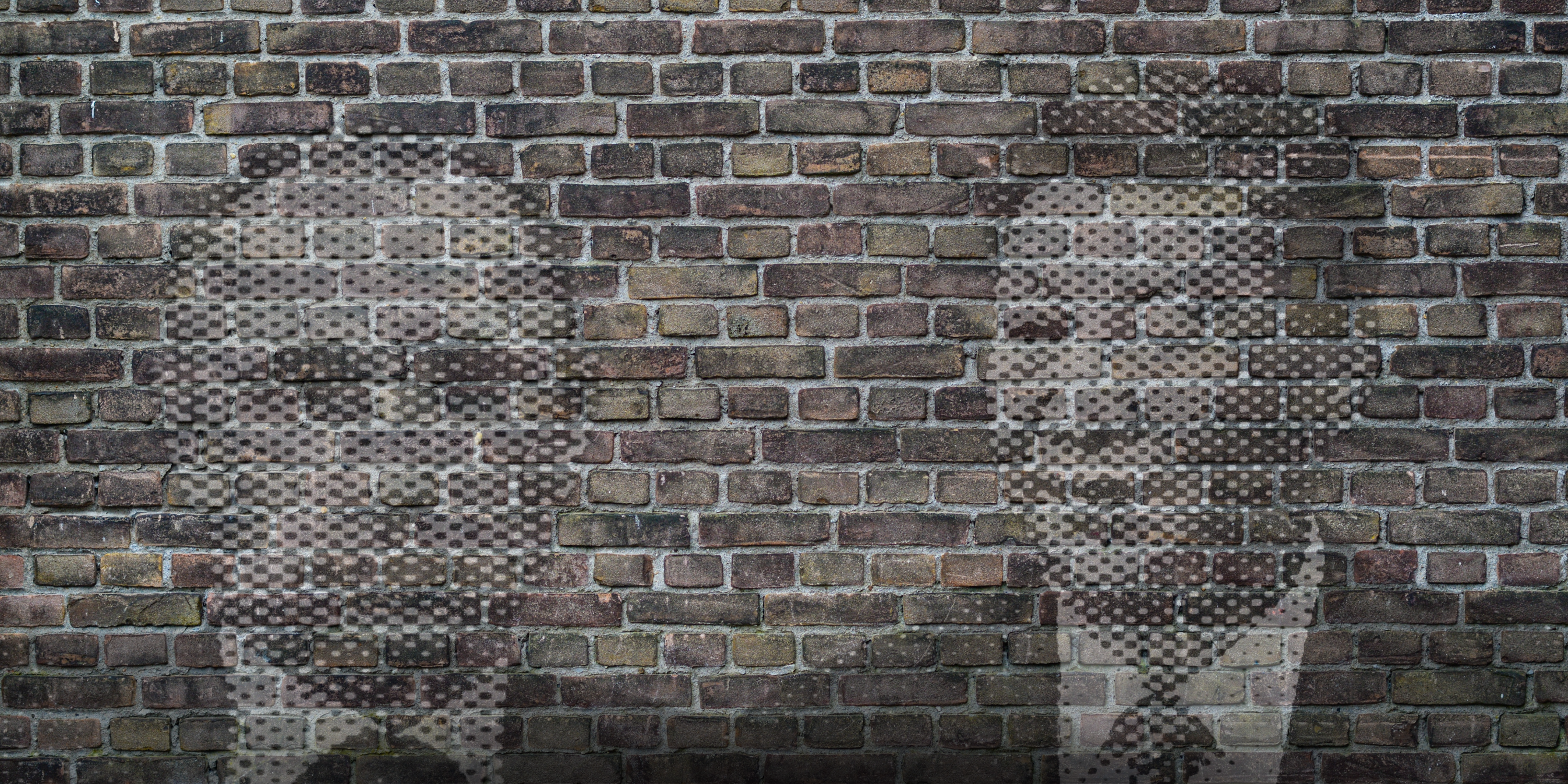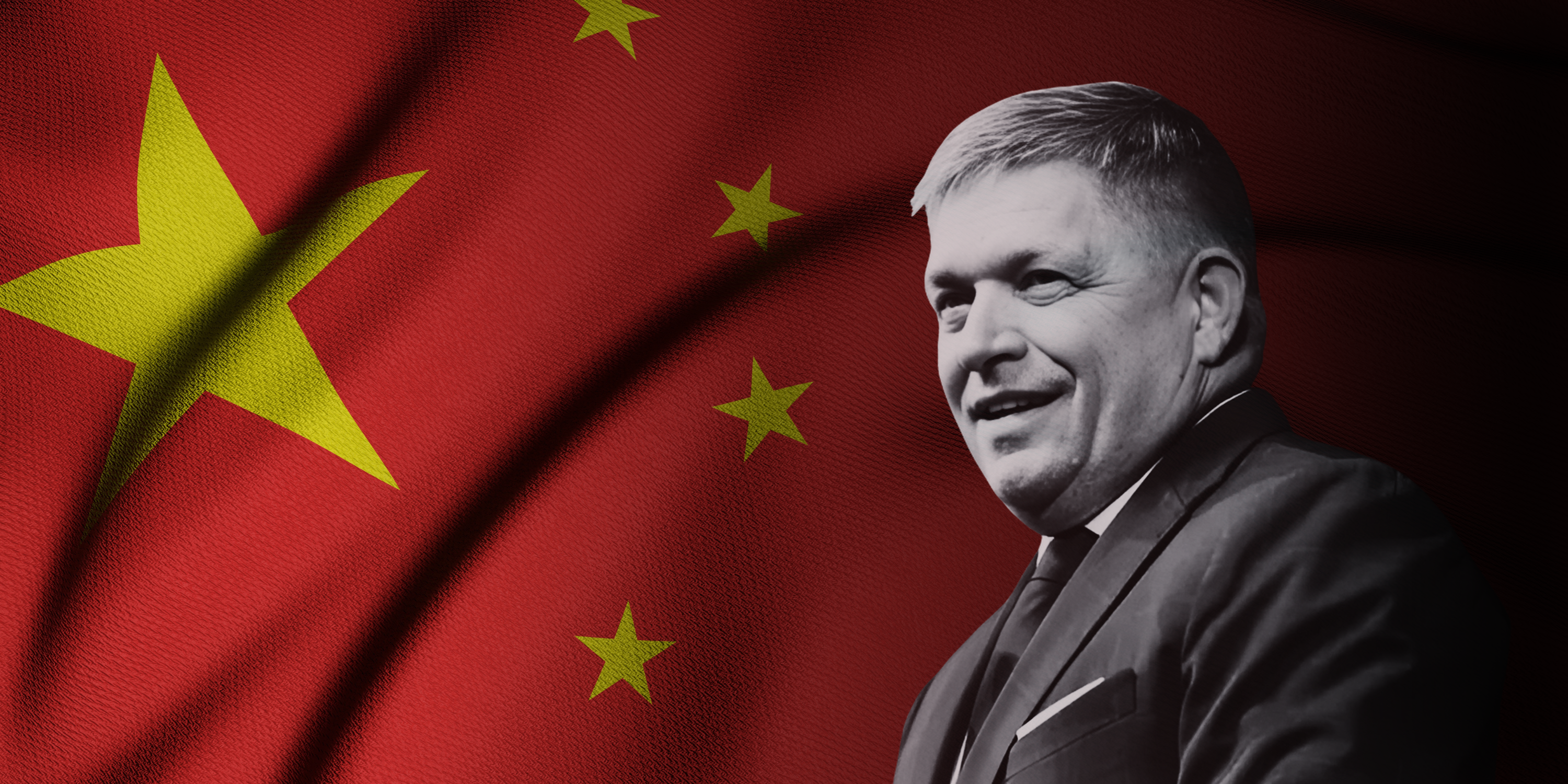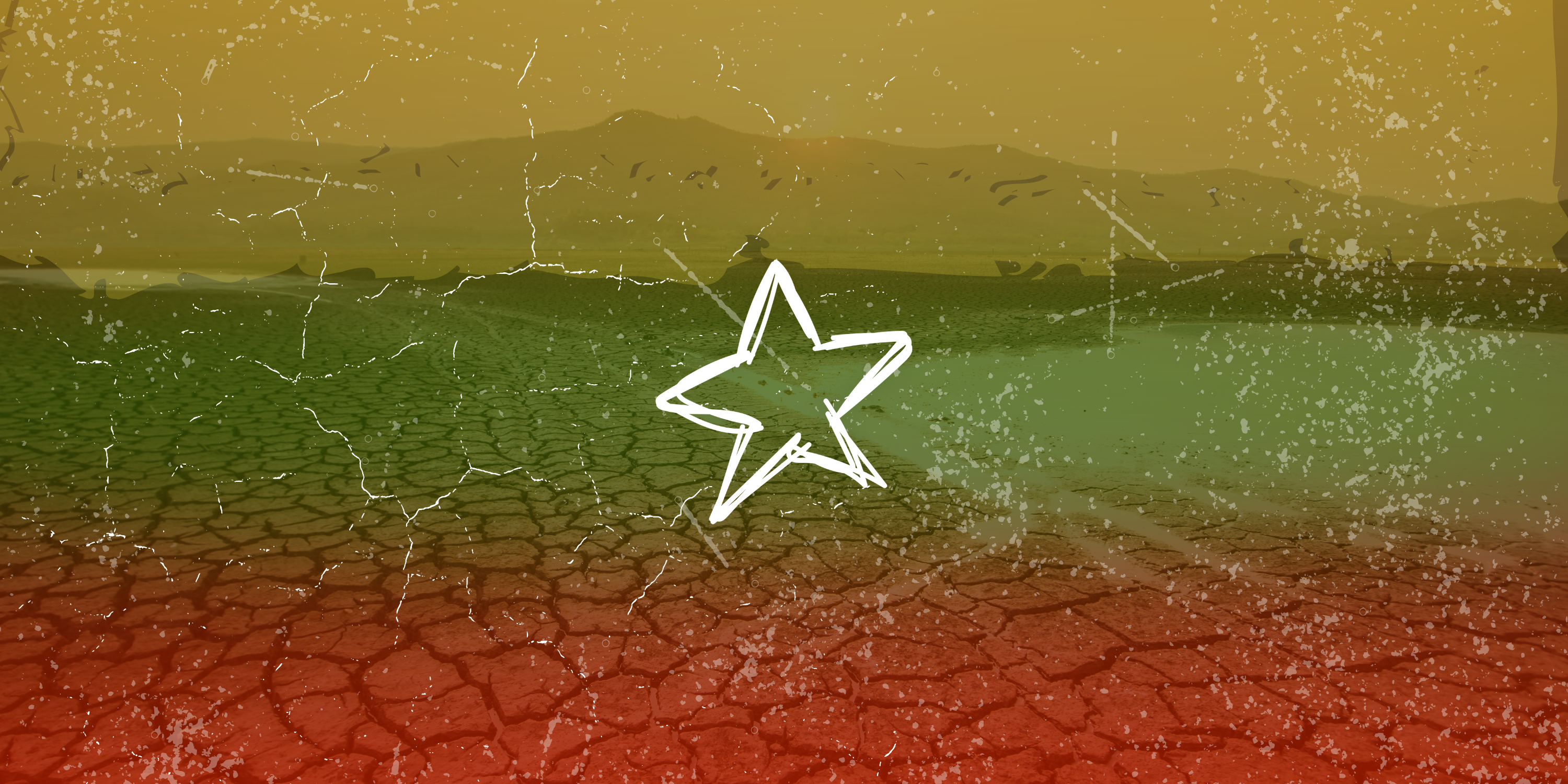Welcome to the 32nd issue of the #CEEasia Briefing.
In this issue we dissect the following topics:
- Lithuania and Estonia leave the 17+1
- China’s car battery plant in Hungary
- CEE reaction to Pelosi’s visit to Taiwan
- South Korean-Polish arms deal
If you like what you see, please forward this message to your friends and colleagues who can subscribe here.
Do you need to know more about East Asia? Don’t hesitate to shoot us a message about custom analysis tailored to your needs.
1. Latvia and Estonia quit the 17+1
What’s going on? Following Lithuania’s departure last year, Latvia and Estonia decided to withdraw from the China-led cooperation framework with CEE in an almost synchronized move on August 11. China is now left with 14 CEE participants, with many others, most notably the Czech Republic, signaling their own future withdrawals.
Going deeper… The withdrawal of the remaining two Baltic states was a long time coming. Both countries were amongst those that sent ministers, instead of heads of state or government, to the last (online) 17+1 summit in 2021. Nevertheless, this does not mean that the two countries will follow the Lithuanian example of antagonizing China by pursuing closer relations with Taiwan.
The more cautious approach by Lithuania’s neighbors came across in their near-identical statements, which do not specify the reasons for their withdrawals and emphasize the intention of continuing “constructive and pragmatic relations” with China on both a bilateral as well as an EU-wide basis. The preference for a wider united approach towards China is precisely what Lithuania has been advocating for; the country’s Minister of Foreign Affairs expressed his support for the replacement of the initiative with the 27+1 shortly after Latvia’s and Estonia announced the decision to leave the format.
This means… The lack of economic benefits was undoubtedly a factor in the country’s decision to leave. However, the two countries’ decision to halt their participation came at a low point in US-Chinese relations following China’s lack of condemnation of the Russian invasion of Ukraine, and increasing military intimidation of Taiwan is not a coincidence. Indeed, security is at the core of this decision, with the Sino-Russian statement of “no limits” partnership and China’s blaming of NATO’s expansion for Russia’s invasion being the main triggers. This is supported by the fact that a significant worsening in Sino-Baltic relations can be traced back to the Sino-Russian military drills in the Baltic Sea in 2017.
Further reading:
POLITICO: Down to 14+1: Estonia and Latvia quit China’s club in Eastern Europe
CEIAS: CEEasia Briefing – The 17+1 online summit: A debacle for Beijing?
CHOICE: Mild Wording but Harsh Timing: Latvia and Estonia’s Exit from the “16+1”
The Diplomat: China, Russia Launch First Military Drills in Baltic Sea
2. China’s car battery plant in Hungary
What’s going on? China’s CATL, the world’s biggest battery producer, plans to build a battery manufacturing plant in Hungary’s Debrecen, worth EUR 7.3 billion. The plant is to be CATL’s second in Europe, with the first being in Germany. Its planned capacity is 100 GWh per year, which would make it the largest’ gigafactory’ in Europe. The construction of the plant should, according to CATL, start before the end of 2022.
Going deeper… As part of strategic efforts to reduce its dependence on Asian battery cell imports, Europe is set to host several gigafactories by 2035. Data by the EU’s Important Projects of Common European Interest (IPCEI) fund suggest plans for a massive build-up and expansion of battery production capacity. Simultaneously, Hungary is becoming a major hub for European electric vehicles and batteries. Thanks to subsidies, the Central European country has attracted investments from South Korean SK and Samsung, Japanese GS Yuasa, and BMW. CATL will deliver supplies from its Debrecen’s 221-hectare site to European carmakers such as BMW, Stellantis, Volkswagen, and Mercedes-Benz, which will alone be the biggest customer. Moreover, concerning its commitment to reducing its carbon footprint, CATL will use electricity from renewable energy and is considering developing solar projects with local partners in the country.
This means… The greenfield project in Hungary will be a great step forward in CATL’s overseas expansion. The company aims to boost its competitiveness and, at the same time, speed up the transition to e-mobility in Europe. CATL supplies batteries to Tesla, Volkswagen, and other global automakers. Its investment is highly welcomed by the Hungarian government, as it is the most significant single foreign investment that will create 9,000 new jobs.
Further reading:
Financial Times: China’s CATL cements car battery dominance with €7bn Hungary plant
PV-Magazine: CATL unveils plans for 100 GWh battery plant in Hungary
SME: Batériová megainvestícia v Debrecíne: Ako Čína tlačí svoje firmy na vrchol
3. CEE support for Pelosi’s Taiwan visit
What’s going on? The visit of Speaker of the US House of Representatives Nancy Pelosi to Taiwan has brought to light a new reality – the worsening of Chinese diplomatic ties with CEE states. Pragmatism and the economy seem to have been replaced by security and values. CEE countries are also rethinking their old policies as the promise of significant Chinese investments and mutually beneficial trade were not fulfilled. Except for Budapest, in all CEE capitals, the principle approach towards China today is a limited trust or even an anti-Chinese attitude.
Voicing support. Lithuania and the Czech Republic have built the most numerous political base consisting of lower political representatives that are critical of China among the CEE countries. Several of their MEPs, members of national parliaments, or signatories of the FORMOSA Club and IPAC expressed vocal criticism.
The Lithuanian foreign minister is the highest-ranking EU politician who publicly endorsed Pelosi’s visit to Taiwan. That said, the Lithuanian delegation, including the Vice Minister of Foreign Affairs and the Deputy Minister of Transport and Communications, held a meeting on economic cooperation with Taiwanese representatives a few days after the controversial visit.
In the Czech Republic, which has the most China-negative perspective among the Visegrad countries, support for Taiwan in light of Pelosi’s visit was also voiced by President of the Senate Miloš Vystrčil and President of the Chamber of Deputies Markéta Adamová Pekarová.
In Slovakia, Deputy Speaker of the Parliament Gábor Grendel endorsed the visit as “support for Taiwan means support for the democratic values.” A plethora of CEE-based representatives also expressed calls for stability in the Taiwan Strait, warning about the potential negative impacts of Chinese military exercises.
China’s response… China’s formal announcements in the CEE countries were filled with bitter criticism. They framed Pelosi’s visit as a provocation and proof of the alleged US hypocrisy, depicting the Chinese reaction as legitimate and defensive. That said, such attitudes seem to have been mainly contained in the statements by the Chinese embassies, small irrelevant media, and disinformation websites across the CEE countries.
Further reading:
CEIAS: EU-Taiwan Tracker
EUobserver: Lithuania only EU state to back Pelosi on Taiwan
CHOICE: How China Reacted to Nancy Pelosi’s Taiwan Visit in Central and Eastern Europe
4. South Korean-Polish arms deal
What’s going on? Over the next four years, South Korea will help Poland modernize its army and replace part of the military equipment Poland donated to Ukraine since the beginning of the war with Russia. In a framework agreement signed by Polish and South Korean officials in July, Warsaw agreed to purchase 980 K2 Black Panther battle tanks, 648 K9 howitzers, and 48 FA-50 light attack fighter jets. The value of the whole deal is estimated to amount to USD 14.5 billion, which makes it one of Poland’s “most important and largest” defense purchases in recent years. For Korea Aerospace Industries (KAI), South Korea’s sole aircraft maker, the deal represents the biggest export of the FA-50 fighter jets ever.
For Poland, this means… The army will be able to operate the new military equipment soon. The first 180 tanks and 48 howitzers should be delivered by the end of this year, and the first FA-50 jets in the middle of the next year, which is crucial for Poland, which is highly concerned about Russian aggression against Ukraine. Moreover, according to Błaszczak, Korean K2 tanks must be interoperable with Abrams that Warsaw previously acquired from the US. However, it’s not just that. As 800 K2 tanks will be manufactured in Poland, the contract also includes a technology transfer and long-term cooperation with Seoul.
For South Korea, this means… It can help the Northeast Asian country establish itself as a significant arms exporter globally, which Seoul is increasingly trying to do. According to Stockholm International Peace Research Institute (SIPRI), South Korea has been the 12th largest global arms exporter over the past decade. Its arms exports even hit a record high of USD 7 billion last year. However, most South Korean weapons are sold to Southeast Asian or Latin American countries. This is even though Seoul could make use of interoperability with the US army to extend its presence in the NATO countries with FA-50 fighter jets, wholly developed in South Korea, being the country’s signature product.
Moving forward.. South Korea was among the three Indo-Pacific regional powers invited to participate at the NATO’s Madrid Summit in June. In light of improving NATO-ROK cooperation, we can expect more countries to open to procuring military technology and equipment from South Korea. NATO’s CEE members are prime suspects here, given their ongoing pursuit to rid themselves of old Soviet-era technology and modernize their militaries without prolonging their dependencies on Russia – a cause of increased importance in light of the Russian invasion of Ukraine.
Further reading:
Reuters: Arriving in fighter jet, S.Korea’s Moon urges defense industry growth
Quick takes on CEEasia developments
SOUTH KOREA | Vilnius is seeking joint projects with South Korea in life-science technology, drug development, and gene editing. Lithuanian Vice Minister of Economy and Innovation Neliupsiene visited Seoul to attend Bioplus-Interphex Korea 2022, a bio-pharmaceutical exhibition and conference, where she presented Lithuanian businesses to Korean institutions.
JAPAN | Medical equipment manufacturer Nipro Corporation inaugurated a new pharmaceutical plant in Croatia that will produce glass packaging. The factory is expected to create 50 jobs and start production by the end of the year.
INDIA | Indian Minister of External Affairs Jaishankar met with the Lithuanian parliamentary delegation in Bengaluru in mid-August. Key points of the discussion were tightening economic cooperation, working towards global resilience, and support for democracy and the rule of law.
INDOPACIFIC | The European Union is set to strengthen its presence in the Pacific via boosting economic and security ties; the bloc has announced a 300 billion EUR infrastructure fund and several development projects. This comes amidst heightened regional geostrategic competition between several major powers including the US, Australia, and China, the latter of which has recently signed a security agreement with the Solomon Islands.

